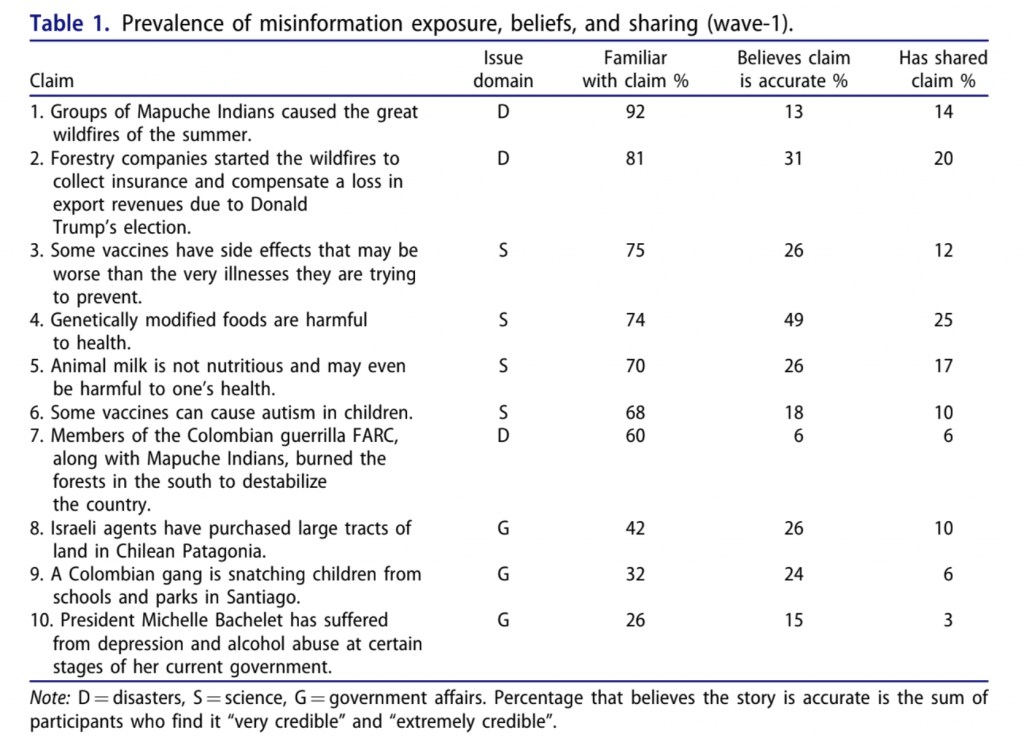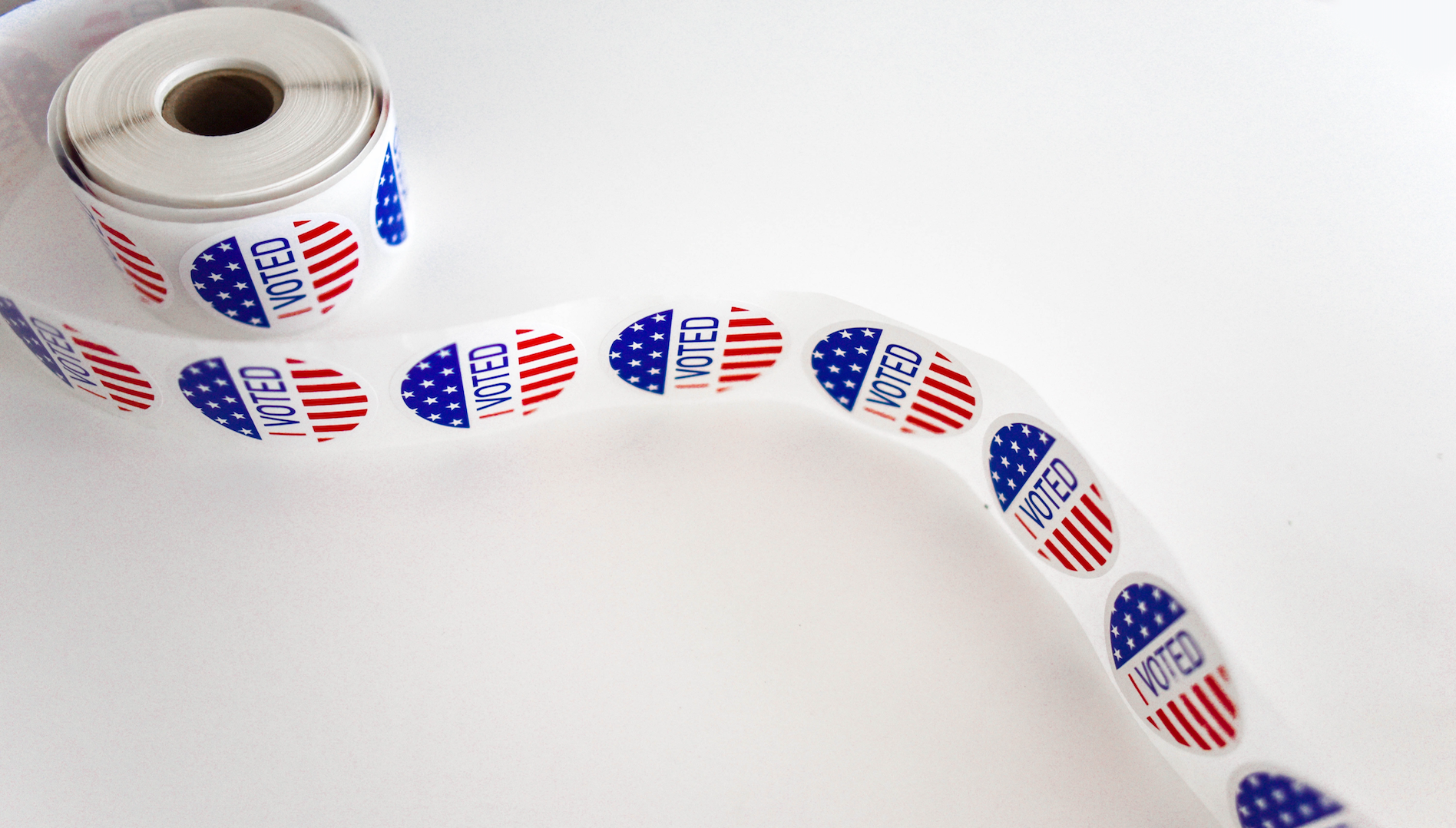Researchers asked: How can we encourage citizens to be enthusiastic and politically active without spreading misinformation?
The Paradox of Participation Versus Misinformation: Social Media, Political Engagement, and the Spread of Misinformation
Digital Journalism
By Sebastián Valenzuela, Daniel Halpern, James E. Katz and Juan Pablo Miranda
June 12, 2019
“Why do social media users spread fake news and misinformation?” Researchers with Pontificia Universidad Católica de Chile and Boston University asked. “Because they are more likely to be politically engaged.”
Two waves of surveys tested online media users in Chile, because the researchers said the country’s information ecosystem is similar to North America’s. They measured the Chileans’ social media news use, political participation and exposure to misinformation exposure, beliefs and sharing habits.
Researchers learned that while social media use promotes political engagement, this engagement often includes misinformation. Regardless of people’s political attitudes, when people are engaged, they tend to share more fake news, but the reasons for this aren’t clear.
“Although being politically engaged does not make users more or less likely to be misinformed, participatory users seem more likely to share inaccurate claims regarding governmental affairs, science, and natural disasters than those who are less politically engaged,” the researchers wrote.
The study suggests political participation isn’t always good for democracy, due to the pervasiveness of misinformation in social media.
Key Numbers
- In the first survey, participants looked over a set of false claims. Here’s how participants measured:

Data for The Paradox of Participation Versus Misinformation
- Although each claim was shared by an average of 12 percent of participants, people were more likely to share stories about disasters (12 percent) and health (16 percent).
Study Details
- Their first wave took place in April 2017 from an initial sample of 5,000 responders who were contacted through email. Researchers analyzed responses from 1,007 participants, for a completion rate of 20 percent.
- In June 2018, 451 participants completed the second wave of surveys.

